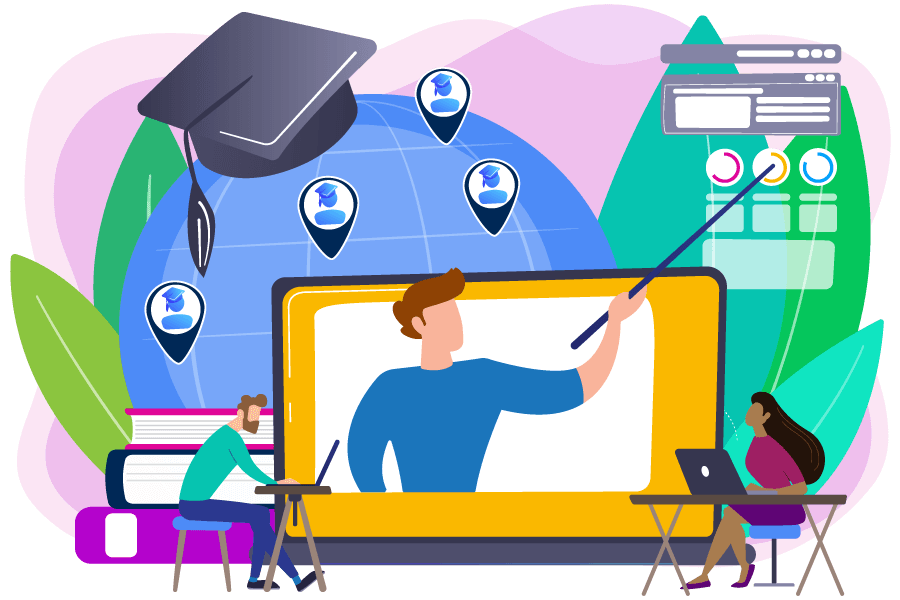Are you maximising opportunities for remote learning?
In a rapidly evolving work environment, the ability to adapt and excel in remote learning setups has become crucial for organisations seeking to enhance their employees’ skills without the constraints of location.
As eLearning delivery continues to grow, understanding how to make the most of remote learning platforms and techniques can significantly impact overall team performance and individual career development. Here, we share key strategies to keep remote teams engaged and learning efficiently.
Embrace Technology
The first step in maximising remote learning is to embrace technology—not just as a tool, but as an integral part of the learning process. Consider introducing interactive capabilities such as live quizzes, polls, and breakout rooms to encourage participation. Tools like video conferencing software, and collaborative project management apps can transform passive learning into an interactive and engaging experience.
Create Compelling Content
Content is king, and nowhere is this truer than in eLearning. To hold learners’ attention in a remote setting, content must not only be relevant but also engaging and thought-provoking. Incorporate various media formats such as interactive elements, videos, infographics, knowledge checks, scenarios and podcasts to cater to different learning styles. Additionally, ensure that the content is mobile-friendly, allowing learners to access material conveniently, anytime and anywhere.
Foster a Community
One of the big challenges for remote learning is the potential for learners to feel isolated. Combat this by building a learning community that supports social interaction and collaboration. Encourage the use of forums, discussion groups, and regular live sessions where learners can interact with each other. This sense of community can boost motivation and enhance the learning experience.
Regular Feedback and Support
Feedback is a vital element of effective learning. Provide learners with regular, constructive feedback on their performance and progress, and be available to support them when they encounter difficulties. This can include scheduled one-on-one sessions, instant messaging for quicker queries, and regular check-ins via email or video calls. Personalised feedback helps learners feel valued and ensures they remain engaged with the course material.
Set Clear Goals and Expectations
Clear communication of goals and expectations at the outset of any learning is essential. Learners should know what they are expected to achieve by the end of the course as well as post course, and what steps they should take to get there. Break courses into manageable segments with specific milestones and deadlines to help learners manage their time and efforts effectively.
Encourage Self-paced Learning
While structure is important, flexibility is equally crucial in remote learning. Allowing learners to progress at their own pace can lead to better learning outcomes, as they can spend more time on the topics they find challenging and less on those they master quickly. Within your learning platform, you can use self-paced learning pathways as well as a range of learning resources via the platform library, accessible at all times.
By trying some of these strategies, you can create a dynamic and effective remote learning environment that not only delivers relevant content, but also engages and empowers learners – key to developing skilled, adaptable, and motivated teams.






